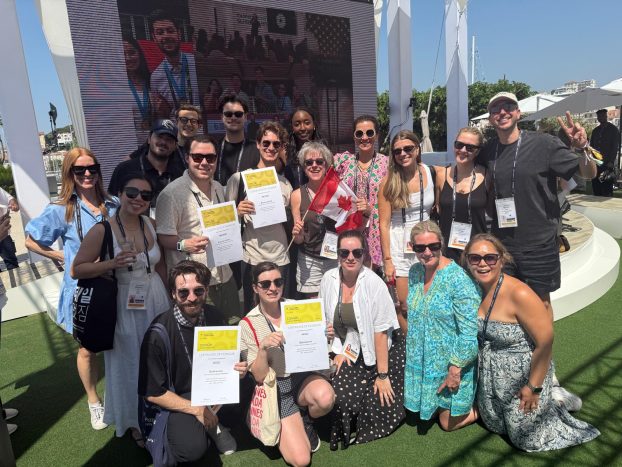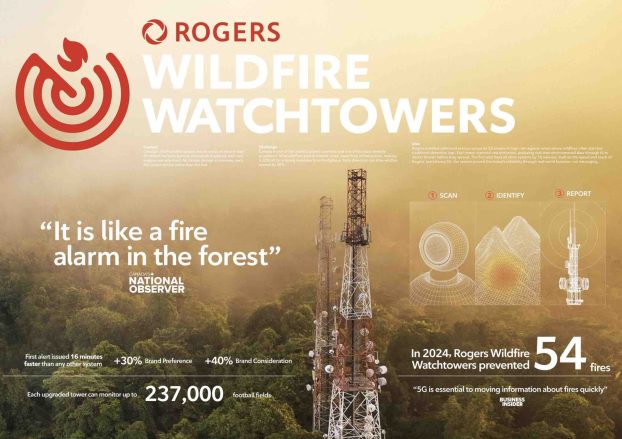As former Olympic champion biathlete Myriam Bédard readied herself last month for a legal battle with BBDO Canada, Wrigley Canada and the chewing gum maker’s U.S. parent over the alleged misuse of her image in a Quebec transit ad campaign, a case with similar overtones has made its way to the courts in Toronto.
The latter case, however, could have broad consequences for advertisers and agencies that use images of ordinary people, as it raises the question of whether they share the same rights as celebrities in protecting the use of their images.
In July, two individuals filed a joint statement of claim in the Ontario Superior Court, alleging that a Bell Mobility ad posted in the Toronto subway system last summer had used a photographic image of them without their consent. Seeking $300,000 in damages, they argued that the ad was damaging to their reputations because they oppose ‘the commercialization of youth culture for corporate gain’.
According to the statement of claim, the ad made use of a photograph showing the two individuals dancing in a ‘private’ nightclub. Bell Mobility declined to comment on the matter, but documents it filed with the court contend the pair ‘implicitly consented’ to having their photograph taken.
One of the key points setting this case apart from Bédard’s is that the plaintiffs are not celebrities. One is a former host on a campus community radio station in Toronto and the other is described by his lawyer as a graphic artist.
If the pair are successful in their suit, the ruling could change the way advertisers and agencies use images of live models to promote their products, says Jan Waldin, the lawyer representing the pair. ‘The right of privacy is a personal one that isn’t a right you acquire if, and only if, you become famous,’ he says.
But Canadian case law is hardly clear on the issue of image appropriation, as the tort is only a quarter-century old, and only a handful of cases have ever gone to trial. None have addressed the non-celebrity question.
Meanwhile, Frank Monteleone, an intellectual property specialist with Toronto law firm Cassels Brock & Blackwell, says more such cases are being brought forward all the time, although they rarely go to trial. One possible explanation for the increase, he says, may be that the public is becoming more familiar with the law and are more aware of their rights than they were in the past.
However, another explanation offered up is that the quickening pace of business in the advertising world and the pressure it puts agencies under to turn their work around quickly may be encouraging some to cut corners. The result may be that time-pressured agency personnel deliberately neglect to obtain consent from the people whose images are captured in photographs intended for commercial use.
‘The laws are vague,’ says John Speakman, a partner with Toronto ad agency The Ongoing Partnership. ‘I’ve spoken to photographers about it and they’ve found the same thing. There are all sorts of different definitions of what’s fair game and what isn’t and nobody seems to know the rules.’




























